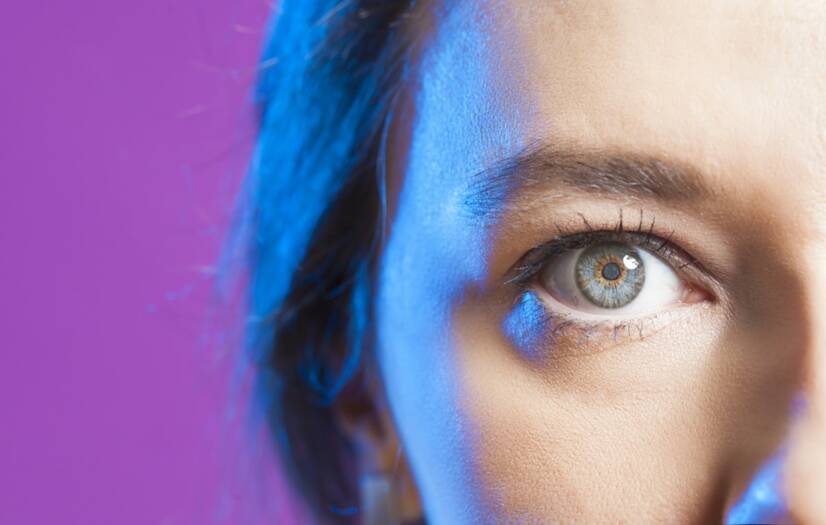Cataracts, or also grey cataracts. It is a degenerative disease that affects the lens of the eye.
Normally, the lens is clear and transparent. In this disease, it becomes cloudy, foggy.
Cataracts are one of the most common causes of visual impairment to blindness worldwide.
It mainly affects the elderly, but also occurs in the young. There is also a congenital form. For a long time it is present without symptoms, until there is a blurring and blurring of vision in one or both eyes.
Diagnosis and treatment are nowadays easy and affordable. Except in developing countries, where people suffer from blindness due to this disease and because of the unavailability of medical care (and because of the economic situation) "so to speak unnecessarily".
FAQ:
What is a cataract?
How does it manifest?
How is it treated?
Will vitamins, natural treatments and prevention help?
Is surgical treatment necessary?
Some facts about cataracts:
- is the most common disease of the eye and seniors
- mostly affects both eyes, but with varying degrees of damage and clouding of the lens
- typically affects people over the age of 60
- more than half of people over the age of 60 suffer from a mild form, at least in one eye
- over the age of 75 affects the majority of the population, in at least one eye
- more common in women and in the black population
- can also affect younger
- we also know the congenital form, which is already observed in newborns and young children
- approximately 50% of blindness worldwide is caused by cataracts (WHO data)
- if left untreated, it can cause severe visual impairment up to blindness, while...
- surgical treatment is simple - painless and takes a short time (40 minutes or less)
What is a cataract?
Your vision becomes blurry and your vision is impaired, like you're looking through foggy, milky glass?
Can't focus properly?
Colours are becoming increasingly bland, faded?
Do you have trouble with harsh light and light beams shining directly into your eyes?
Is twilight and evening the worst time for your eyesight?
Alternatively, have you noticed that although you don't have eye pain, you are bothered by a kind of visual discomfort?
Did you answer yes to some or all of these questions? Please note, it is quite likely that you have cataracts.
More specifically,...
Cataracts are a degenerative disease of the lens of the eye.
The lens is normally clear. This, and in addition its ability to bend when focusing, helps to transmit the image (light rays) to the retina of the eye and to sharp vision.
Lens accommodation = focusing the image near or far.
Cataracts cause the lens to gradually become cloudy, foggy. Thus, it loses its ability to transmit rays of light sharply to the eye.
Vision becomes cloudy, blurred. Objects are out of focus. Colours fade. At a severe stage, the disease prevents the transmission of the image to the retina completely, and the person is blind.
In addition, it limits - reduces the field of vision.
People report the condition feels like they were looking through a pale or grey veil.
It usually affects both eyes, but in varying degrees of damage.
Table: classification of cataracts
| Form | Description |
| Congenital cataract | - less than 1% of all clouding of the eye
- arises during pregnancy and fetal growth
- exposure to a toxic agent during pregnancy
- virus, chemical action, drugs
- diseases of the mother during pregnancy
- rubeola, smallpox, hepatitis, toxoplasmosis
Congenital cataract - inborn
Infantile cataract - develops in children up to 2 years of age
Juvenile form - in children up to adulthood
|
| Acquired cataract | - presenile - occurs in the young, before the age of 60, especially in other diseases such as diabetes, atopic dermatitis, etc.
- senile - the most common form, up to 90% of all
- nuclear - clouding of the central part of the lens
- cortical - in the margins of the lens, whitish wedge-shaped streaky opacities (hypermaturity, Morgagnian cataract)
- subcapsular cataract - affects the back of the lens
- mixed form
- post-traumatic (glass - thermal, electrical and radiation)
- drug-induced
- metabolic
- secondary
|











